Passive Solar Homes – A Beginner’s Guide
- Passive solar homes use the sun’s energy to naturally heat and cool your home.
- They are designed with specific materials, windows, and layouts to maximize energy efficiency.
- This type of home can reduce energy bills and increase comfort, making it both eco-friendly and cost-effective.
What is a Passive Solar Home?
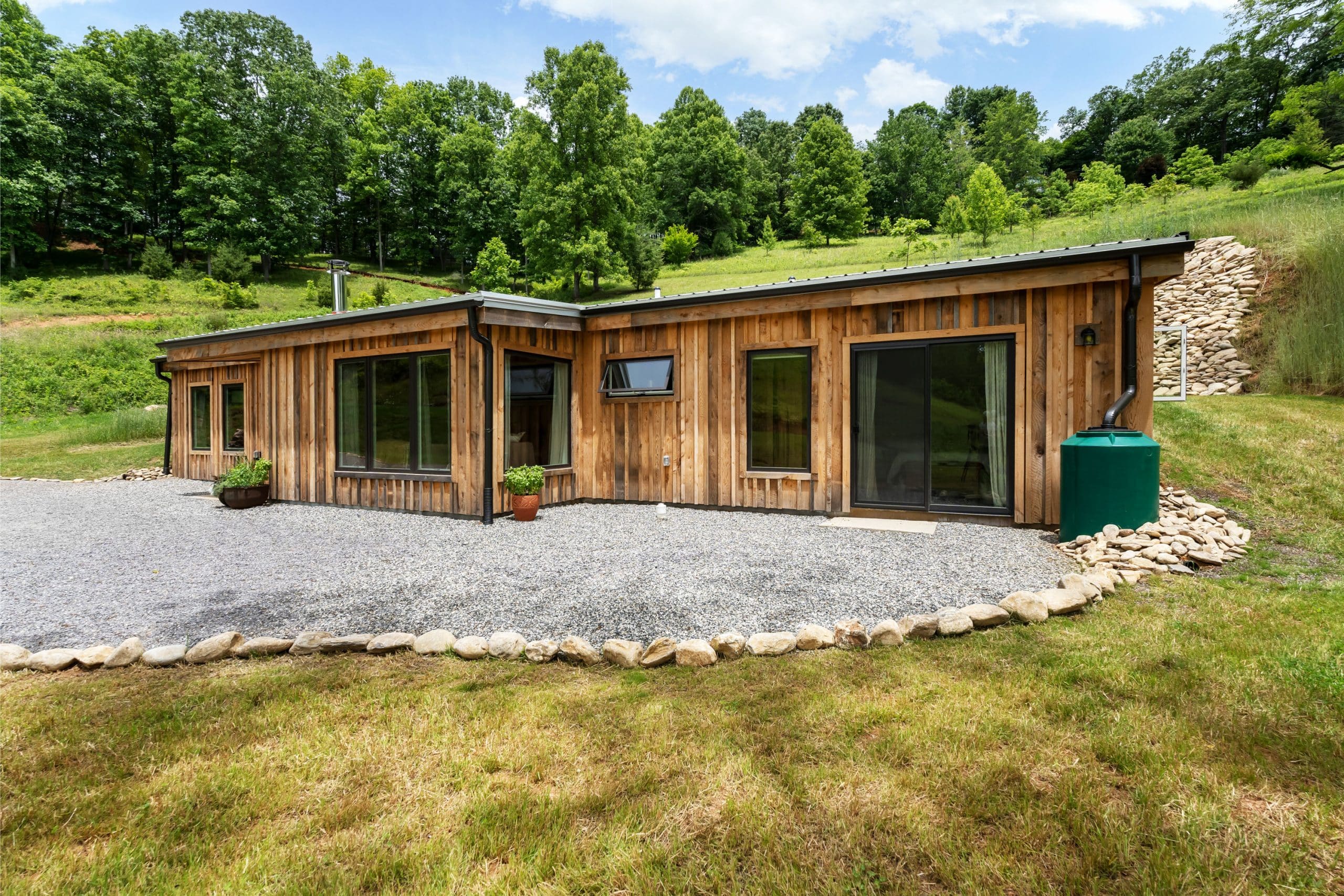
Imagine a home that naturally stays warm in the winter and cool in the summer without relying heavily on your heating and cooling systems. Sounds amazing, right? That’s the magic of a passive solar home!
A passive solar home is designed to fully utilize the sun’s energy. By strategically placing windows, using the right building materials, and planning the layout of your home, you can significantly reduce your energy consumption. This type of home design works harmoniously with the environment, saving you money while being kinder to our planet.
How Does Passive Solar Heating Work?
Passive solar heating is all about letting the sun do the hard work. Here’s how it works:
- South-Facing Windows: In the Northern Hemisphere, the sun shines most directly from the south. By placing large windows on the south side of your home, you allow sunlight to enter and warm your living spaces naturally.
- Thermal Mass: This is a fancy term for materials that absorb and store heat. Concrete, brick, and stone are great examples. When sunlight hits these materials, they absorb the heat and slowly release it over time, keeping your home warm even after the sun goes down.
- Insulation: Good insulation is essential in a passive solar home. It helps to keep the warmth inside during the winter and the heat out during the summer.
- Shading: In the summer, when you want to keep your home cool, shading becomes crucial. Overhangs, awnings, or even deciduous trees (which lose their leaves in winter) can block out the high summer sun, keeping your home cooler.
The Benefits of Living in a Passive Solar Home
Living in a passive solar home has numerous benefits that go beyond just saving on your energy bills:
- Comfort: Imagine having a home that feels just right, no matter the season. Passive solar design creates a comfortable living environment without the constant need for adjusting thermostats.
- Sustainability: By relying on the sun’s energy, passive solar homes reduce the need for fossil fuels. This means fewer greenhouse gas emissions and a smaller carbon footprint.
- Cost Savings: Although building or retrofitting a home for passive solar can have upfront costs, the long-term savings on energy bills can be significant. Over time, the investment pays for itself.
- Low Maintenance: Once a passive solar home is built, it requires little to no maintenance to keep the energy-saving benefits going. There’s no need for complex systems or regular servicing.
Key Elements of Passive Solar Design
If you’re considering building a passive solar home, or just curious about what goes into it, here are some key elements to think about:
- Orientation: The house should be oriented so that its longest side faces south (in the Northern Hemisphere). This maximizes the amount of sunlight that enters the home.
- Windows: Large, high-quality windows are placed on the south side to let in as much sunlight as possible. On the other hand, windows on the north side are minimized to reduce heat loss.
- Thermal Mass: Floors, walls, and other surfaces that can absorb heat are strategically placed where sunlight hits them directly.
- Insulation and Air Sealing: Proper insulation and airtight construction prevent heat from escaping in the winter and entering in the summer.
- Natural Ventilation: Designing for natural airflow helps to cool the home without the need for air conditioning.
Can You Retrofit an Existing Home?
Good news! You don’t have to build a brand-new home to enjoy the benefits of passive solar design. Many existing homes can be retrofitted to incorporate some of these principles. Here’s how:
- Add Insulation: Boosting your home’s insulation is one of the most effective ways to improve energy efficiency.
- Upgrade Windows: Consider replacing old windows with energy-efficient ones that have a low U-factor and high solar heat gain coefficient (SHGC).
- Install Thermal Mass: If your home has areas that receive a lot of sunlight, adding materials like brick, stone, or concrete can help store heat.
- Improve Shading: Simple additions like awnings, shutters, or planting trees can provide effective shading.
Common Misconceptions About Passive Solar Homes
There are a few misconceptions about passive solar homes that might be holding you back from considering this energy-efficient option. Let’s clear them up:
- Too Expensive: While the initial cost might be higher than conventional homes, the savings on energy bills over time make it a smart investment.
- Only for New Builds: As we mentioned, existing homes can be retrofitted to include passive solar features.
- Not Effective in Cold Climates: Passive solar design can work well in cold climates by maximizing the sun’s heat during the winter months.
FAQs About Passive Solar Homes
What is the difference between active and passive solar design?
Active solar design involves mechanical systems, like solar panels and pumps, to convert sunlight into energy. Passive solar design, on the other hand, uses the building’s structure to naturally heat and cool the home without mechanical devices.
Do passive solar homes need solar panels?
No, passive solar homes do not require solar panels. The design itself harnesses the sun’s energy without converting it into electricity.
Is passive solar design suitable for all climates?
Yes, passive solar design can be adapted to different climates by adjusting elements like insulation, window placement, and shading to meet the specific needs of the environment.
Conclusion: Why You Should Consider a Passive Solar Home
Whether you’re building a new home or looking to make your existing one more energy-efficient, passive solar design is a smart choice. It’s an eco-friendly, cost-effective way to reduce your reliance on traditional heating and cooling systems. Plus, it’s all about working with nature, not against it—something we could all use a little more of.
So, what are you waiting for? The sun is shining, and your home could be soaking it all up!

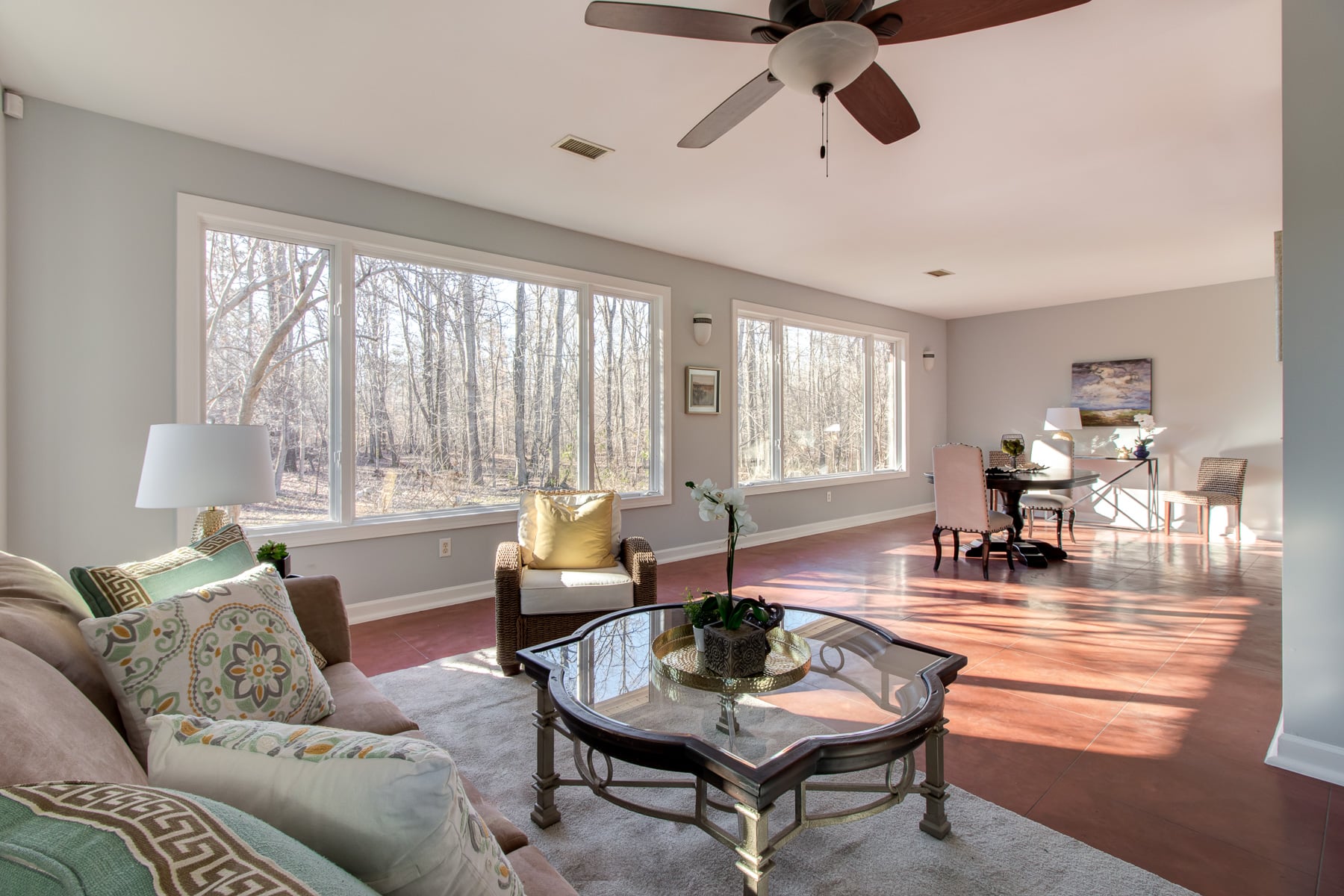
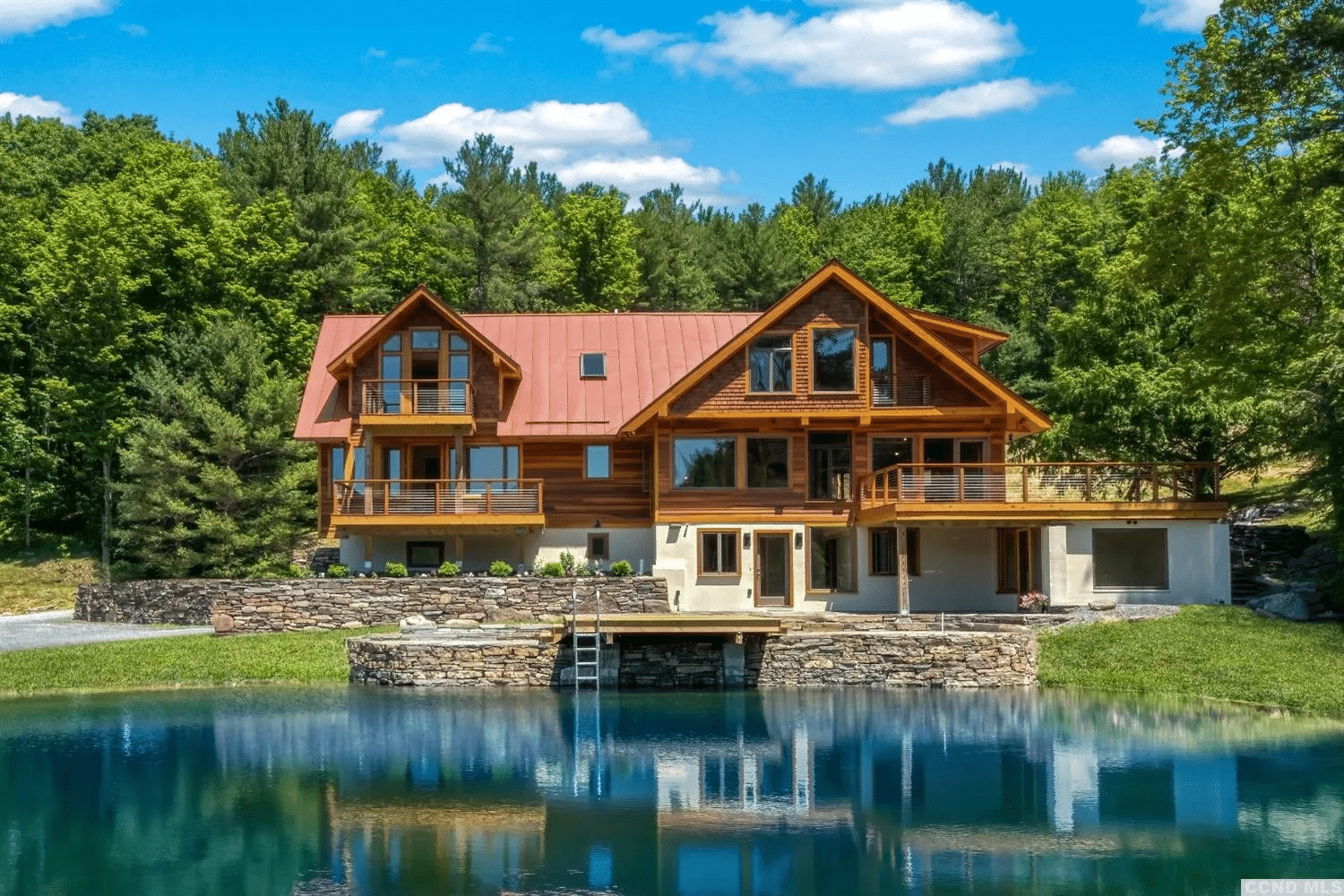
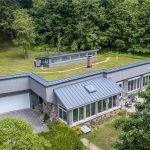
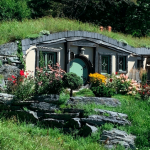
[…] slopes for good drainage, and a position that maximizes sunlight—perfect for taking advantage of passive solar energy. Before building, it’s important to prepare the site properly. This includes checking soil […]